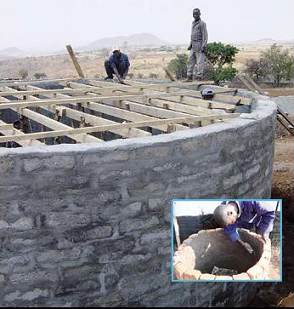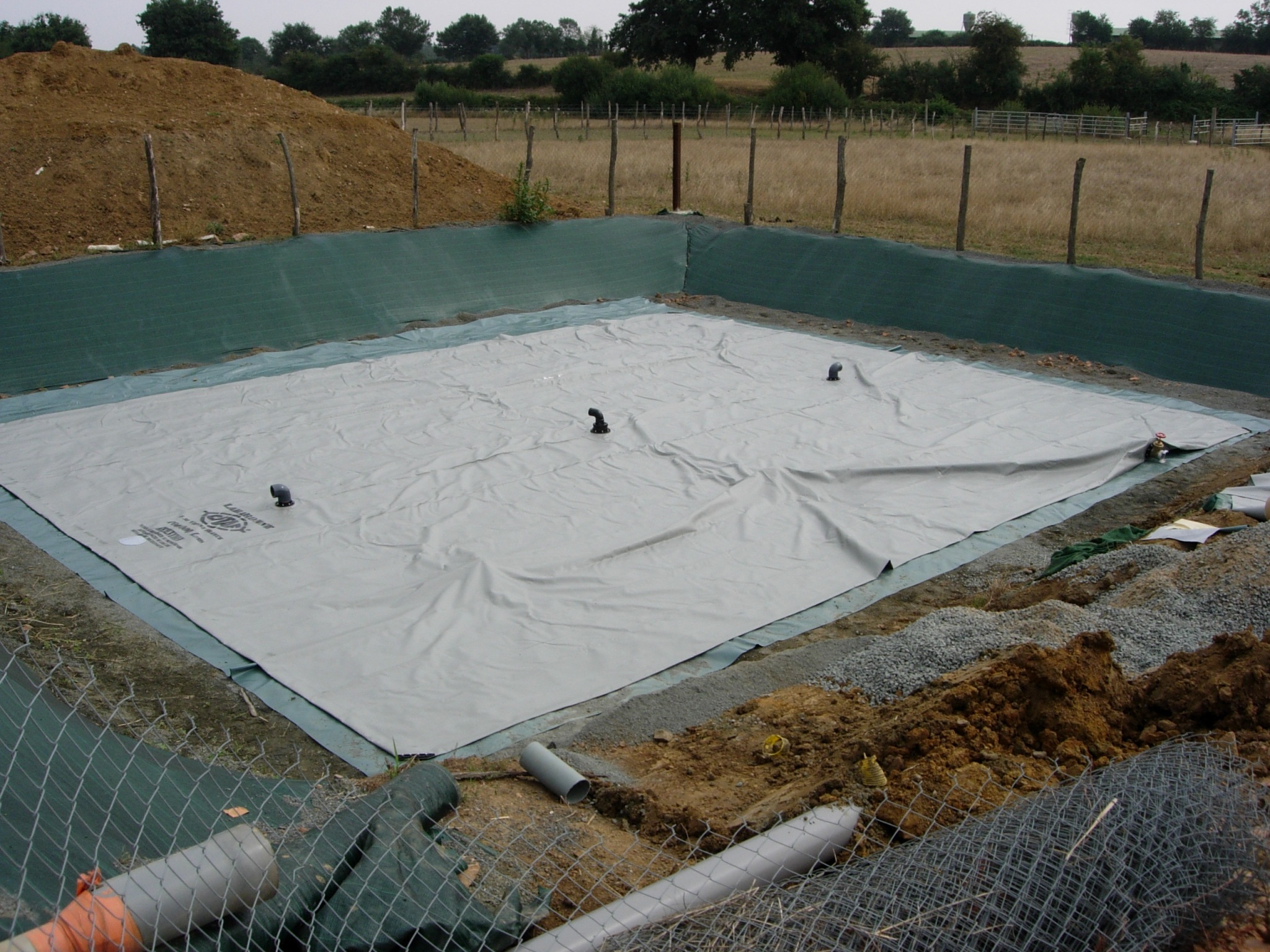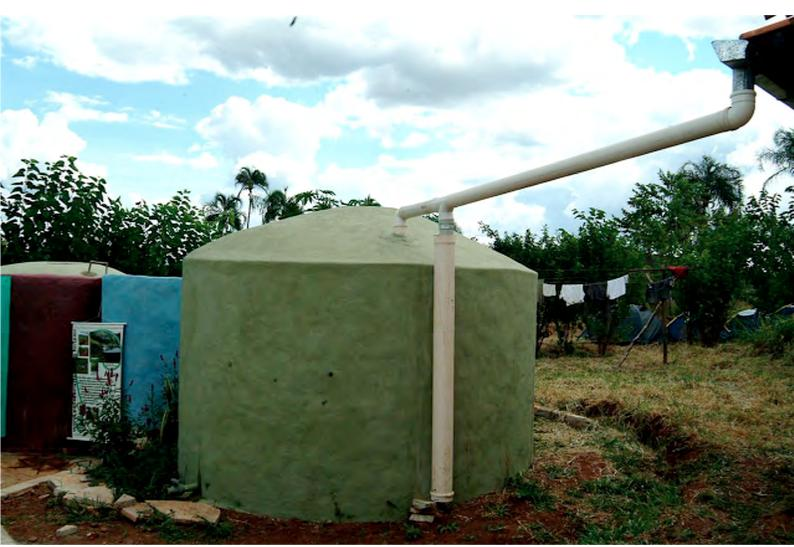The main principle of water harvesting is to work with nature, and make optimum use of available water resources, harvesting technologies, storage means and reuse during water scarce seasons.
The essence and success of water harvesting is to collect water during the rainy/wet seasons, store and use it for subsequent dry periods. To achieve this, it is important to understand the water cycle, the natural purification and water conservation as illustrated below.

For domesticuses in rural areas, the most common technique is small-scale rooftop rainwater harvesting where rainwater is collected on the roof (catchment area) and transported via gutters to a storage reservoirfrom where it’s channeled to the points of consumption.
Below are some two models of rooftop rainwater harvesting.
For agricultural uses, several methods are usually used to collect surface runoff rainwater. Some of these models include;

Other water harvesting techniques for small-scale irrigation include;
- Contour terracing
- Contour bunding, graded bunding and field bunding
- Contour furrowing, cropping and contour grassed strips accompanied by tillage and cultivation along contours
- Construction of shrub-checks of appropriate designs and materials for water spreading
- Recharging aquifers (groundwater conservation) via water spreading and infiltration techniques
- Dykes to control water spreading
- Subsurface dams at valleys where the abutment below the surface is relatively impervious and the bedrock is not too deep.
For precautionary purposes, it’s recommended that a basic water quality test is carried out on collected rainwater during the first instances or regularly following the completion of the harvesting infrastructure. Further testing, including for the presence of mosquito larvae, are necessary whenever the quality of the water is in doubt.
Some important preventive measures include:
- Keeping catchment areas like rooftops clean.
- Preventing the first dirty flush entering tanks (via diversion structures).
- Covering all tanks including aquifers and open wells.
- Fencing off catchment areas (e.g. by thorn bushes or barbed wires) to prevent animals from contaminating harvesting areas.
- Marking protection zones.
- Educating participants on Hygiene awareness and practices.
- Removing breeding places for mosquitoes, snails and larvae.
- Regularly testing the water quality.
- Cleaning the water storage structures regularly especially at the onset of rainy season.


